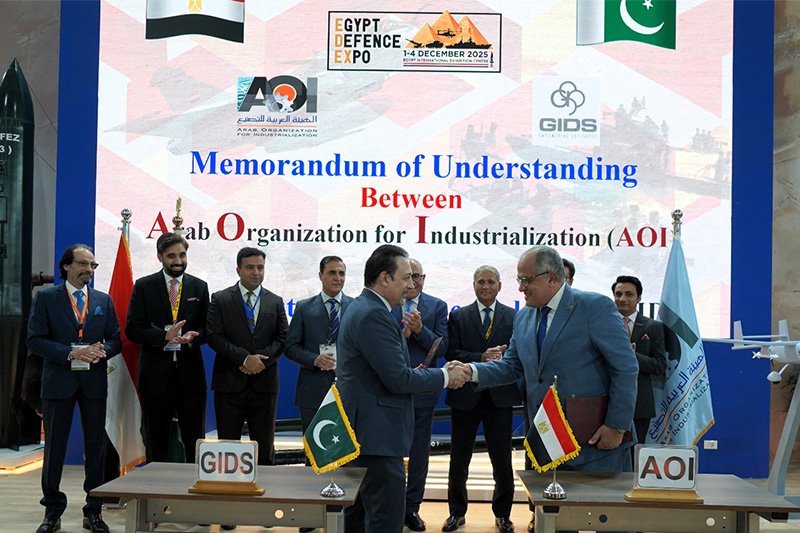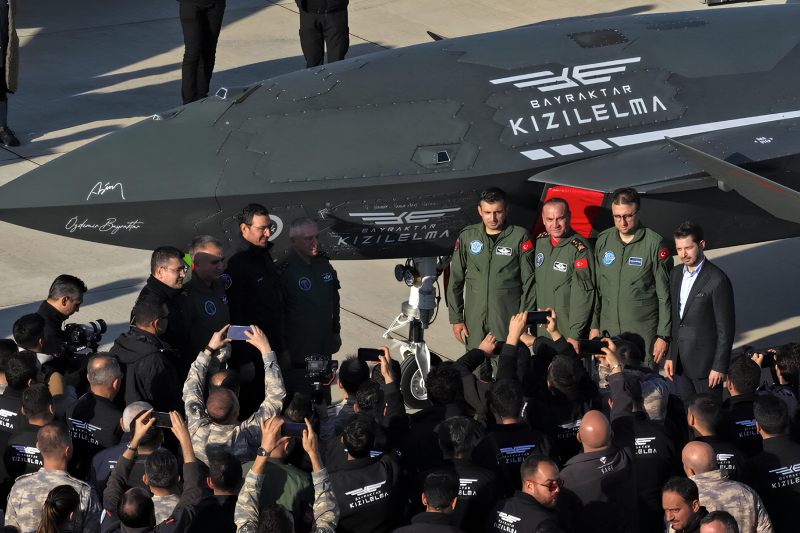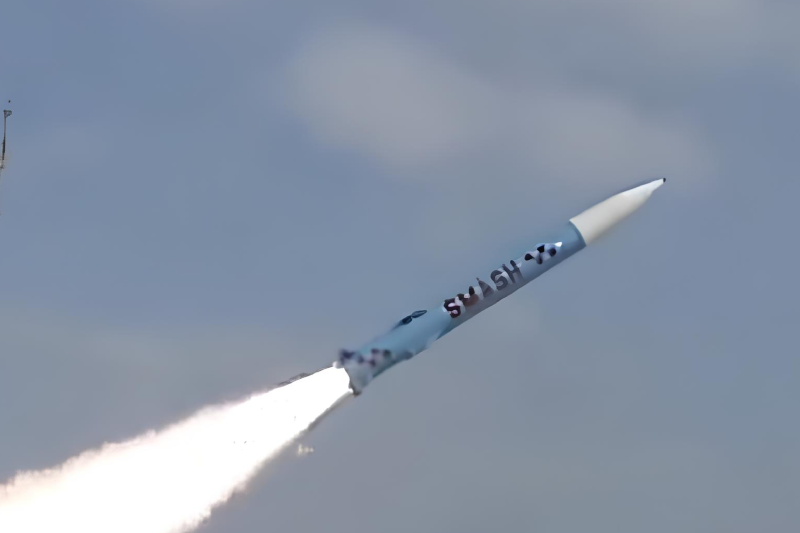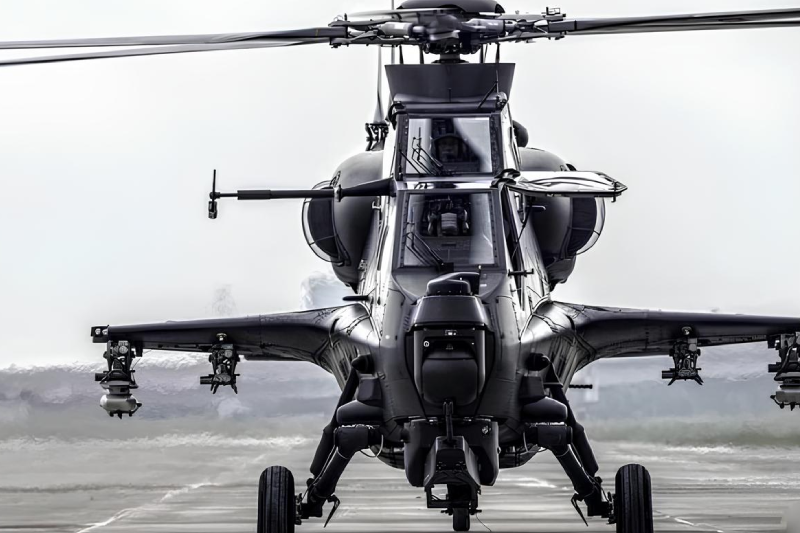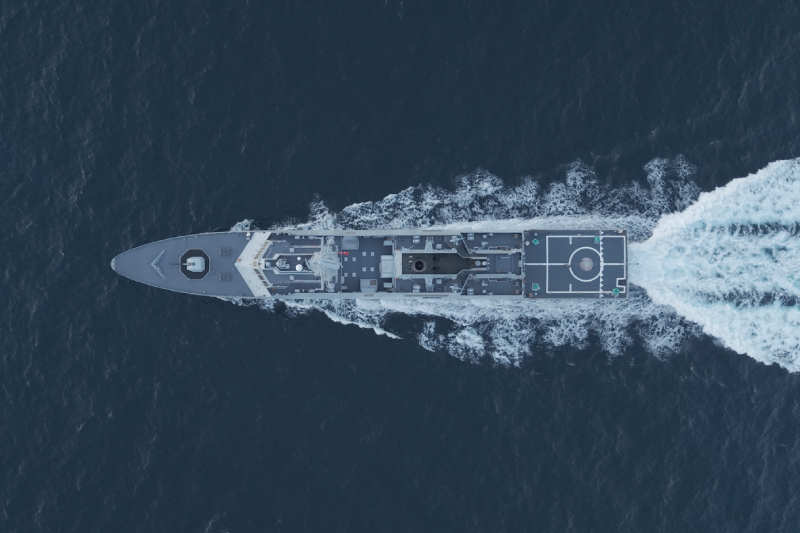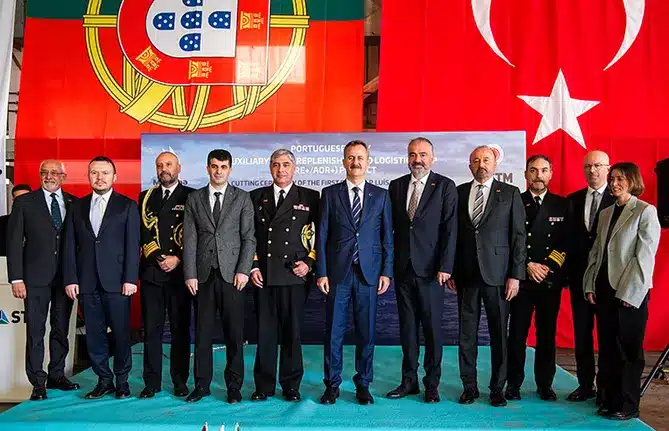Chinese Navy Advances New Carrier-Based Trainer Jet
China’s naval aviation capabilities continue to expand as reports emerge of a new carrier-based trainer aircraft under development by Hongdu Aviation Industry Corporation. This significant advancement represents another step forward in China’s quest to modernize its naval forces, with the carrier-based trainer aircraft designed specifically to support operations aboard the Chinese Navy’s growing fleet of aircraft carriers. The development comes amid China’s broader efforts to enhance its blue-water naval capabilities and establish a more robust carrier aviation program.
The newly developed aircraft showcases several innovative design elements that distinguish it from existing trainer platforms. Most notably, the aircraft features dual vertical stabilizers and reinforced landing gear with dual-wheel nose configuration characteristics specifically engineered for carrier operations. These design modifications reflect the unique challenges of naval aviation, where aircraft must withstand the harsh conditions of carrier landings and takeoffs while maintaining operational reliability in maritime environments.
Hongdu Aviation Industry Corporation, renowned for producing the successful L-15 Falcon trainer, spearheads this ambitious development project. While the new aircraft shares similarities with the existing JL-10 series, industry experts suggest this may represent an entirely new platform rather than a modified variant. The corporation’s proven track record in trainer aircraft development, including successful export contracts with nations like the United Arab Emirates, positions them well to deliver this next-generation carrier trainer.

Following established naval aviation requirements, the new trainer aircraft incorporates a twin-engine configuration essential for safe carrier operations. This dual-engine design provides the redundancy and power necessary for the demanding environment of carrier-based flight operations, where single-engine failures over water could prove catastrophic. The propulsion system likely features modern turbofan engines optimized for both fuel efficiency and the high-thrust requirements of carrier launches.
The aircraft’s development aligns with China’s transition from STOBAR (Short Take-Off But Arrested Recovery) to CATOBAR (Catapult Assisted Take-Off But Arrested Recovery) carrier operations. This technological shift, exemplified by the aircraft carrier Fujian, requires specialized aircraft capable of catapult launches and arrested landings. The new trainer’s design specifications likely accommodate these operational requirements, preparing future naval aviators for advanced carrier operations.
China’s investment in specialized carrier trainer aircraft reflects broader strategic ambitions in naval aviation. As the People’s Liberation Army Navy expands its carrier fleet and enhances operational capabilities, the need for dedicated training platforms becomes increasingly critical. This development supports China’s long-term goals of establishing a blue-water navy capable of projecting power far from its coastal waters.
The introduction of a purpose-built carrier trainer addresses the growing demand for qualified naval aviators as China’s carrier fleet expands. Current training protocols rely on modified land-based aircraft that cannot fully replicate the unique challenges of carrier operations. This new platform will provide realistic training environments, better preparing pilots for the complexities of naval aviation missions.
Initial assessments suggest the aircraft maintains similar dimensions to the L-15 Falcon while incorporating carrier-specific modifications. The reinforced airframe, specialized landing gear, and enhanced structural components reflect the engineering challenges of designing aircraft for repeated carrier operations. These modifications ensure the trainer can withstand the stresses of catapult launches and arrested landings throughout its operational lifespan.
Given China’s success in exporting military aviation technology, this new carrier trainer may eventually find international markets among nations developing carrier aviation capabilities. Countries seeking to establish or enhance their naval aviation programs could benefit from acquiring proven training platforms, creating additional revenue streams for Chinese aerospace manufacturers while extending China’s influence in global defense markets.
Also read this: China Unveils Next-Gen Stealth Tactical Jet
The development of advanced carrier training aircraft represents another milestone in China’s naval modernization program. As training capabilities improve and pilot proficiency increases, China’s carrier-based aviation forces will become increasingly capable of conducting complex operations across the Indo-Pacific region. This enhancement contributes to shifting regional naval dynamics and reinforces China’s commitment to developing world-class carrier aviation capabilities.
The emergence of China’s new carrier-based trainer aircraft demonstrates the nation’s commitment to developing comprehensive naval aviation capabilities. Through innovative design, advanced technology integration, and strategic planning, China continues advancing its position as a major naval power with global reach and influence.
Join us on Facebook, Twitter, YouTube, Instagram, and TikTok for real-time coverage of defense events worldwide.
Discover more from International Defence Analysis
Subscribe to get the latest posts sent to your email.


